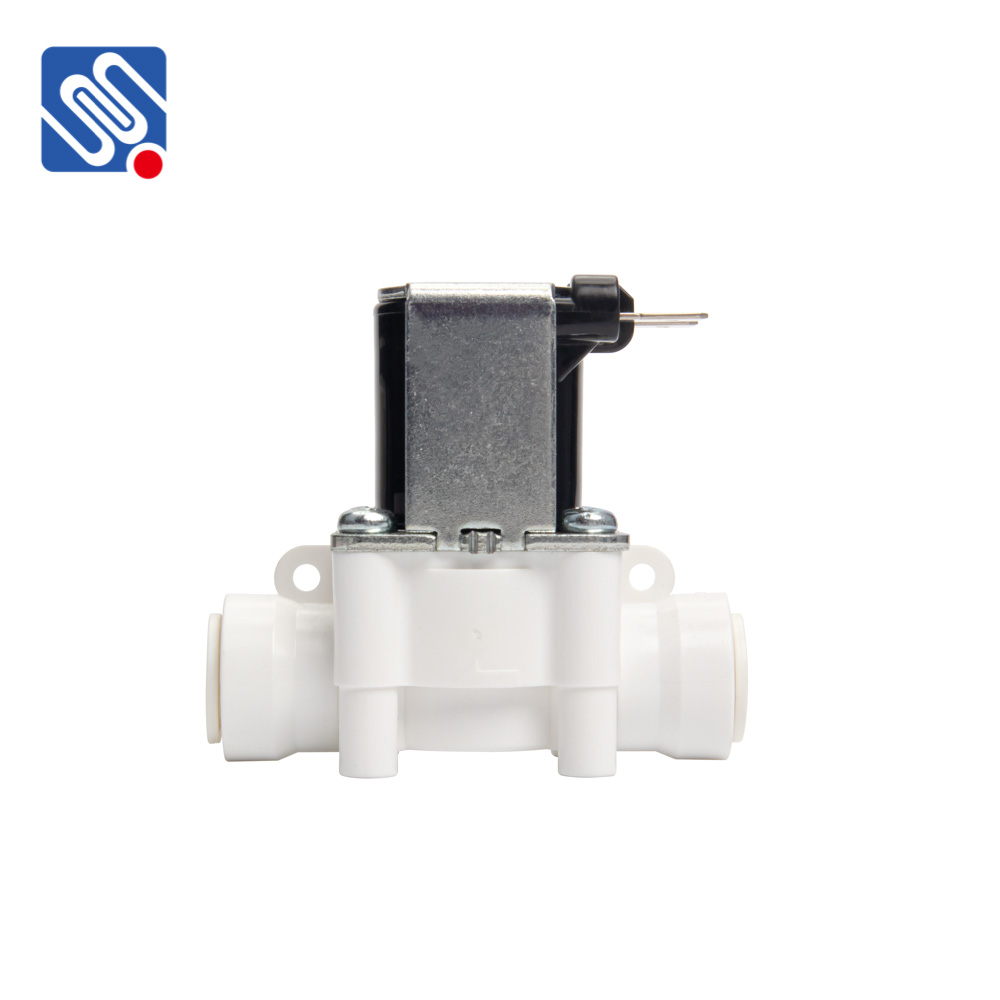In modern industrial processes, precise fluid control is essential to maintaining system efficiency and reliability. One of the critical components that enable such control is the solenoid valve, particularly the Filtration System Solenoid Valve. This type of valve plays a crucial role in regulating the flow of liquids and gases within filtration systems. By understanding its function, applications, and benefits, industries can optimize filtration processes and ensure the longevity of equipment.

What is a Filtration System Solenoid Valve? A Filtration System Solenoid Valve is an electromechanical device used to control the flow of fluid (such as water, air, or oil) in filtration systems. The valve uses an electric solenoid coil to generate a magnetic field that opens or closes a valve mechanism. This action enables or stops the fluid flow, which is essential for managing filtration cycles and ensuring the proper function of filtration systems. The solenoid valve’s primary operation is based on an electromagnet that, when powered, attracts a plunger or armature, allowing fluid to pass through the valve. When the electrical current is turned off, the solenoid returns to its deactivated state, and the valve closes, stopping the flow of fluid.